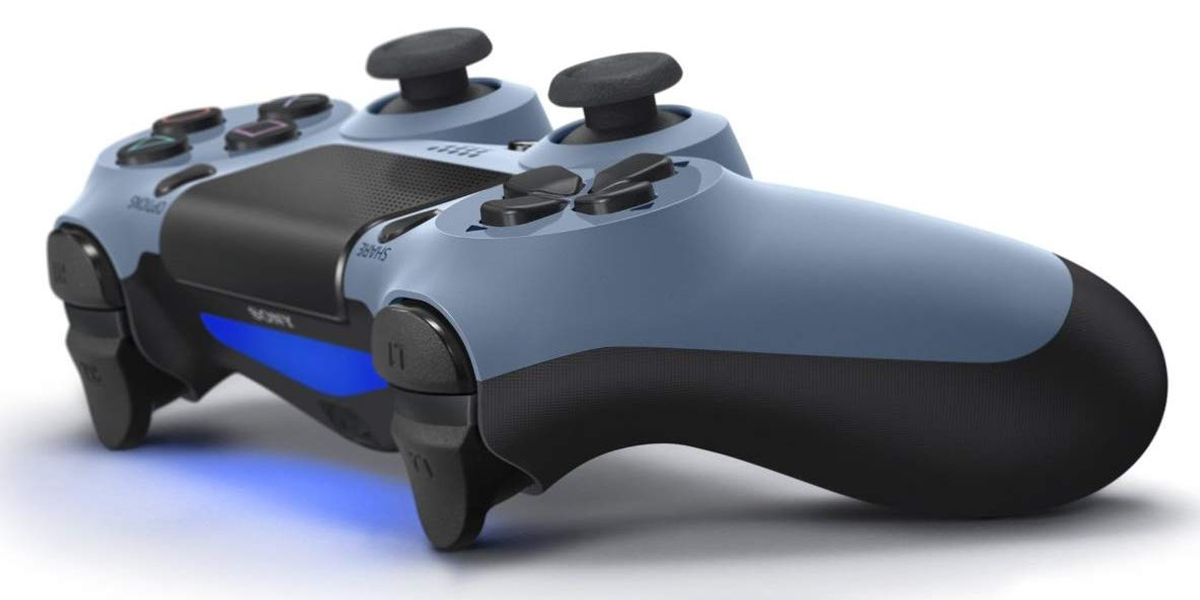- Sony announced new details and specs about it upcoming PlayStation console on Tuesday.
- The console will come with upgraded specs from AMD, which will support “ray tracing.”
- Ray tracing creates more realistic in-game lighting effects than conventional methods, and can make for a more visually attractive video game.
- Ray tracing requires lots of power, so it’ll be interesting how it plays out in the next-generation of PlayStation consoles.
Sony revealed to Wired on Tuesday some details about its upcoming next-generation PlayStation console, which is nameless for now but many are calling the “PlayStation 5.”
The next-gen PlayStation console will run on a chip based on AMD’s third-generation of Ryzen consumer processors, which are comparable to Intel’s line of Core processors. AMD will also be supplying the graphics chip in Sony’s upcoming next-gen console, which will be based on the company’s “Navi” graphics chips.
With upgrades to the latest generation of hardware, games will surely look better on Sony’s next-gen console than they currently do on the six-year-old PlayStation 4, and even the three-year-old PlayStation 4 Pro. It’s hard to imagine how much better the graphics will be, as the PlayStation 4 consoles already push beautifully detailed video games to TVs. But there is one thing in the upcoming PlayStation we can imagine today, and we can even see it for ourselves.
Sony told Wired that the custom AMD Navi graphics chip will support “ray tracing.” Ray tracing is a technology that improves lighting effects in video games and computer-generated movies and TV shows, which helps things look more realistic.
It essentially simulates the path of light travelling from a light source in a game, like a light bulb, fire, or the sun, more accurately than conventional video game lighting. The result is more realistic lighting, reflections, and shadows in a video game.
Ironically, to show you what kind of added effects ray tracing brings, we have to turn to AMD's main rival in the graphics chip world - Nvidia. Indeed, Nvidia has already released its consumer "RTX" graphics chips for PCs that support ray tracing in 2018, which should give us an idea of what to expect on Sony's next-gen PlayStation.
Here's what conventional video game lighting and reflections looks like in "Battlefield V":
And here's what the same scene looks like with ray tracing, which reveals what's going on outside the shot through the reflections on the car door:
That's just one example of ray tracing, which can be used to better simulate lighting realism in pretty much every aspect of a game.
TV and movie studios have used ray tracing to add realistic lighting to computer-animated scenes in the past. But it's only recently that ray tracing has been added to video games. It takes a lot of power to simulate realistic lighting with ray tracing, especially in real-time while responding to a player's movements in a game.
It will be interesting to see how Sony implements ray tracing into its next-gen PlayStation. Ray tracing is so power intensive that it can dramatically reduce the smoothness of video games for the sake of visual effects. On PCs running on Nvidia's RTX graphics chips, some gamers reduce a game's graphics settings to keep the game playing smoothly while ray tracing is enabled. PC gamers also have the option to turn off ray tracing altogether, but we'll have to wait and see whether Sony offers the same option in its upcoming PlayStation.

